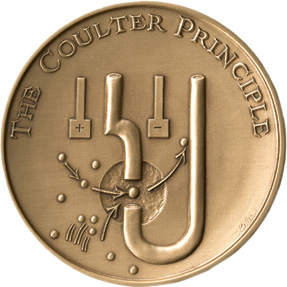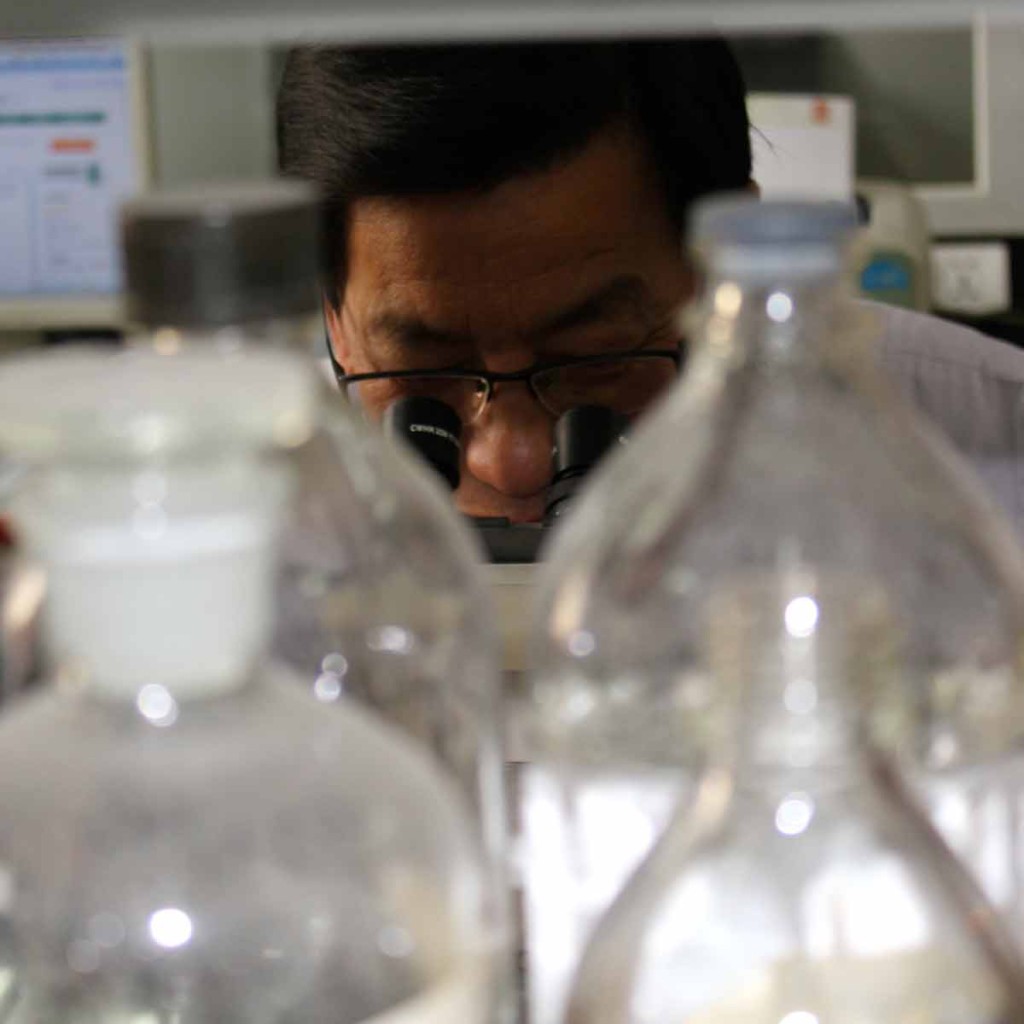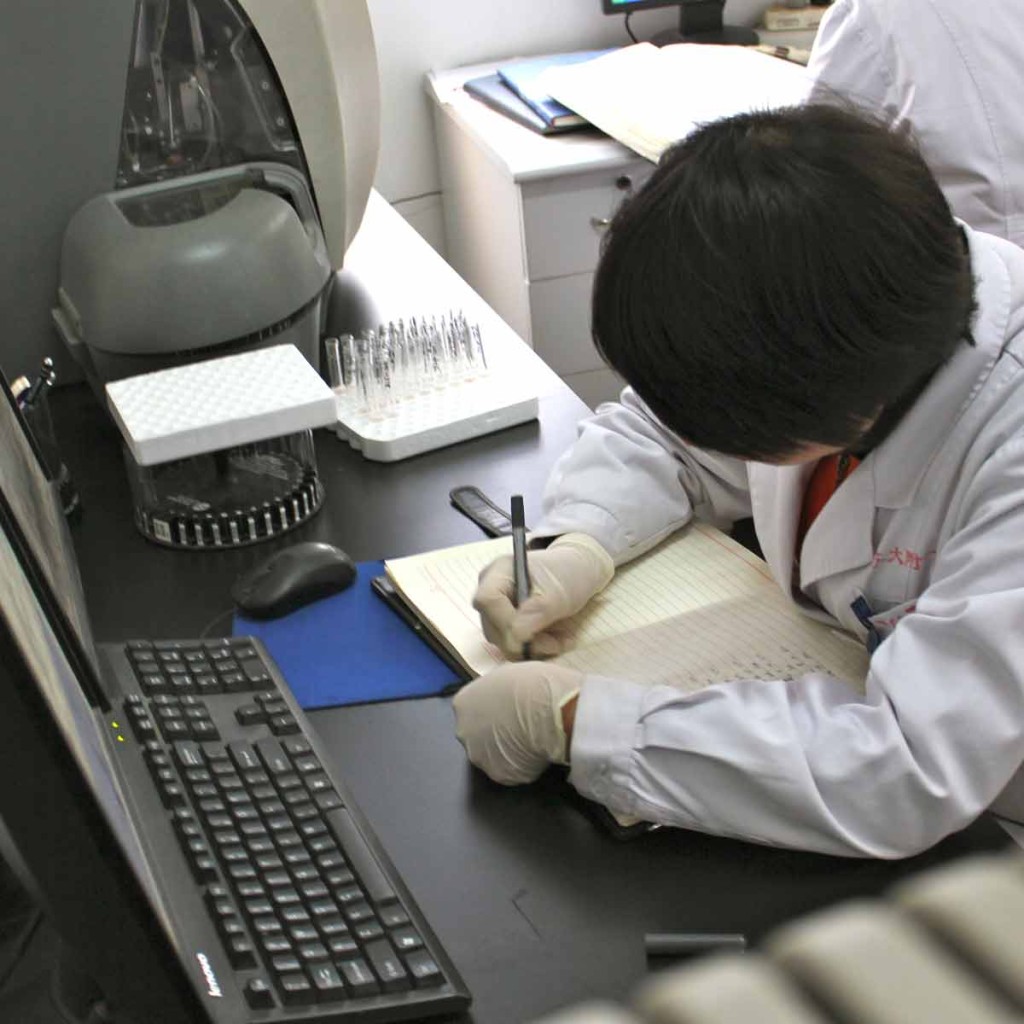
The Grand Experiment
To benefit mankind, innovations born in the academic environment must be translated to practical use. However, in the late 90s, there were no standardized processes, defined organization or consistent funding sources to help translate academic biomedical innovations. This is the environment that the Wallace H. Coulter Foundation encountered when it began its translational research programs in 2001. Wallace Coulter’s philosophy of “science serving humanity” was transformed, through the grand experiment, into these pioneering programs, capitalizing on the best aspects of academia and industry. There would be challenges, but with unwavering commitment, the Foundation started this grand experiment to accelerate the translation of academic innovation to the marketplace. Using a defined process, annual funding of one million dollars, and a multidisciplinary team, the Foundation contents that virtually any university or economic development group will be able to implement a successful translational research program.

Why Translational Research?
It is understood that the Federal government is the primary source of funding for “basic” research in U.S. academic institutions. Due to Wall Street pressures and the increased costs of regulatory approval, the traditional capital markets, including angels, venture capitalists (VC) and industry, have lost their tolerance for the high risk associated with early stage research. As such, the “valley of death” for new technologies has widened. Gap funding for proof of concept efforts is difficult to obtain. Because Coulter Corporation routinely invested in translational research (TR), now at the Foundation, Sue created programs to serve as a perpetual reminder of Wallace’s commitment to science serving humanity.

Why Biomedical Engineering?
In the earliest days of the Foundation, Sue Van was introduced to the Whitaker Foundation. The Whitaker Foundation was the largest funder of Biomedical Engineering (BME) departments and their infrastructure including faculty and buildings. “If the Whitaker Foundation had not significantly invested in BME infrastructure, the Coulter Foundation could not do what we do,” says Sue. As Sue learned more about this discipline, she observed that graduates from BME programs were problem solvers and team players trained in engineering, biology and medicine. This made them uniquely able to serve as the translators and interpreters between scientists and end-users, as well as communicate across industry’s departments: research & development (R&D), manufacturing, sales and marketing. The Foundation realized that biomedical engineering departments should be the vehicle for its new Translational Research Programs.
Basic Research Defined
Basic research is defined as systematic study directed toward fuller knowledge or understanding of the fundamental aspects of phenomena and of observable facts without specific applications towards processes or products in mind. VIEW SOURCEThe Pilot Program
The pilot began in 2001 at the Wallace H. Coulter Biomedical Engineering Department at Georgia Institute of Technology and Emory University. The principles of the program are: (1) collaboration between engineers and clinicians with an identified clinical need and a proposed experimental plan (project), (2) a program manager with biomedical industry experience to coordinate the program, (3) a resourced and committed Office of Technology Transfer (OTT) and (4) an Oversight Committee (OC) composed of the translational research stakeholders. Project selection was based on identification of an unmet clinical need, achievable milestones and the ability to attract follow-on funding within twelve to twenty-four months. Each project required in-depth commercialization analysis, intellectual property protection, plans for regulatory approvals, reimbursement strategies, and achieving technical milestones.


